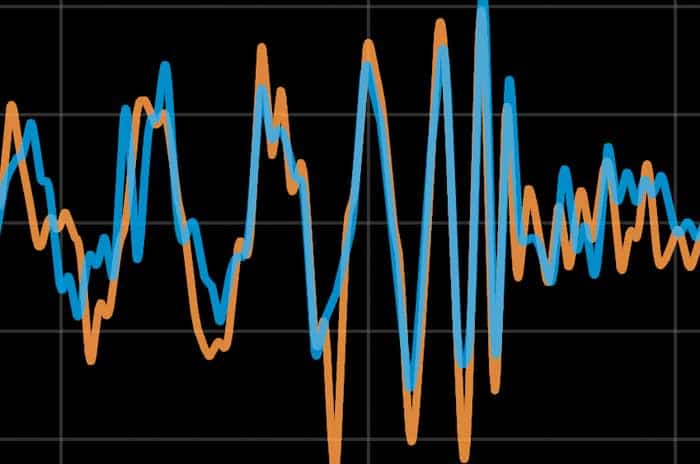Flash Physics is our daily pick of the latest need-to-know developments from the global physics community selected by Physics World‘s team of editors and reporters
Exoplanet searchers named among 100 Most Influential

Three physicists have made TIME magazine’s 100 Most Influential People for 2017. In its 14th year, the list highlights those individuals that make the most impact worldwide rather than the most popular or famous. Listed together within the pioneers category (rather than individually like most others), the three physicists honoured by TIME are astronomers searching for exoplanets. Natalie Batalha is the lead scientist for NASA’s Kepler space telescope and is the first woman at NASA to make the list. Her work includes the mission’s first confirmation of a rocky planet outside the solar system and she has identified more than 5100 possible exoplanets over her career. Also honoured is Guillem Anglada-Escudé of the Queen Mary University of London in the UK who discovered the exoplanet orbiting our closest neighbouring star, Proxima Centauri, and Michaël Gillon of the University of Liège in Belgium who announced in February the discovery of Trappist-1. Other scientists on this year’s list include artificial intelligence researcher Demis Hassabis and Guus Velders, an atmospheric chemist.
Ringdown could reveal black-hole hair

A careful study of data from the LIGO gravitational wave detectors could reveal whether black holes have “hair” – physical properties other than mass, angular momentum and electrical charge. Einstein’s general theory of relativity says that black holes have no hair – they are “bald“– but making the observations needed to confirm this is extremely difficult. Now, physicists in the US and Canada have calculated that information about black-hole hair could be extracted from the gravitational waves that are created just after two black holes merge to form one larger black hole. The new black hole begins its life as a rotating distorted sphere that changes shape until it becomes a sphere in a process called ringdown. If black holes are bald, the gravitational waves emitted during ringdown should be as expected for a black hole with specific values of mass, angular momentum and electrical charge. Any deviation would point to the existence of hair. While a LIGO measurement of the ringdown of an individual black hole is too noisy to provide a definitive answer, Huan Yang of Princeton University and colleagues have worked out that ringdown data from a number of different black holes could be combined to reveal the presence of hair. Writing in Physical Review Letters, they say that the answer could come after one year of observation time once the LIGO detectors have been upgraded to their ultimate design sensitivities.
Extra-terrestrial life search comes up cold
A year-long search for signals from alien civilizations has yet to find any evidence for the existence of intelligent life on other planets. Funded by the physicist and billionaire investor Yuri Milner, the Breakthrough Listen initiative has acquired several petabytes of data using the Green Bank Radio Telescope in West Virginia, Lick Observatory’s Automated Planet Finder in California and the Parkes Radio Telescope in Australia. These data are being analysed by researchers at the SETI Research Center at the University of California, Berkeley, who are scanning through billions of radio channels in a search for unique signals that might indicate the presence of technology developed by extra-terrestrial civilizations. The team has now released an analysis of data from the Green Bank telescope. This identifies 11 “events” in the 1.1–1.9 GHz band that have the highest likelihood of being associated with alien technologies. These are signals with features not expected from astronomical sources such as narrow bandwidth or certain patterns of pulsing or modulation. However, further detailed analysis of the 11 events suggests that it is unlikely that any of them were created by the technology of a distant civilization. “Although the search has not yet detected a convincing signal from extra-terrestrial intelligence, these are early days,” said Berkeley’s Andrew Siemion. “The work that has been completed so far provides a launch pad for deeper and more comprehensive analysis to come.”
- You can find all our daily Flash Physics posts in the website’s news section, as well as on Twitter and Facebook using #FlashPhysics. Tune in to physicsworld.com later today to read today’s extensive news story on science policy and the Trump presidency.



